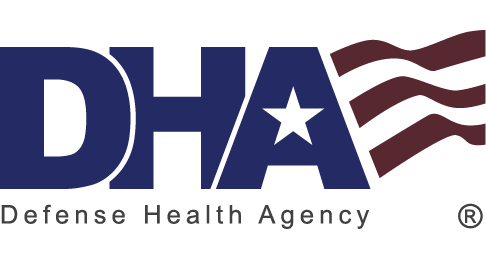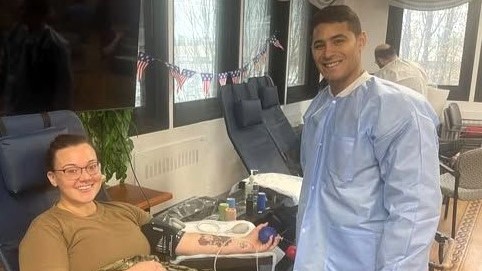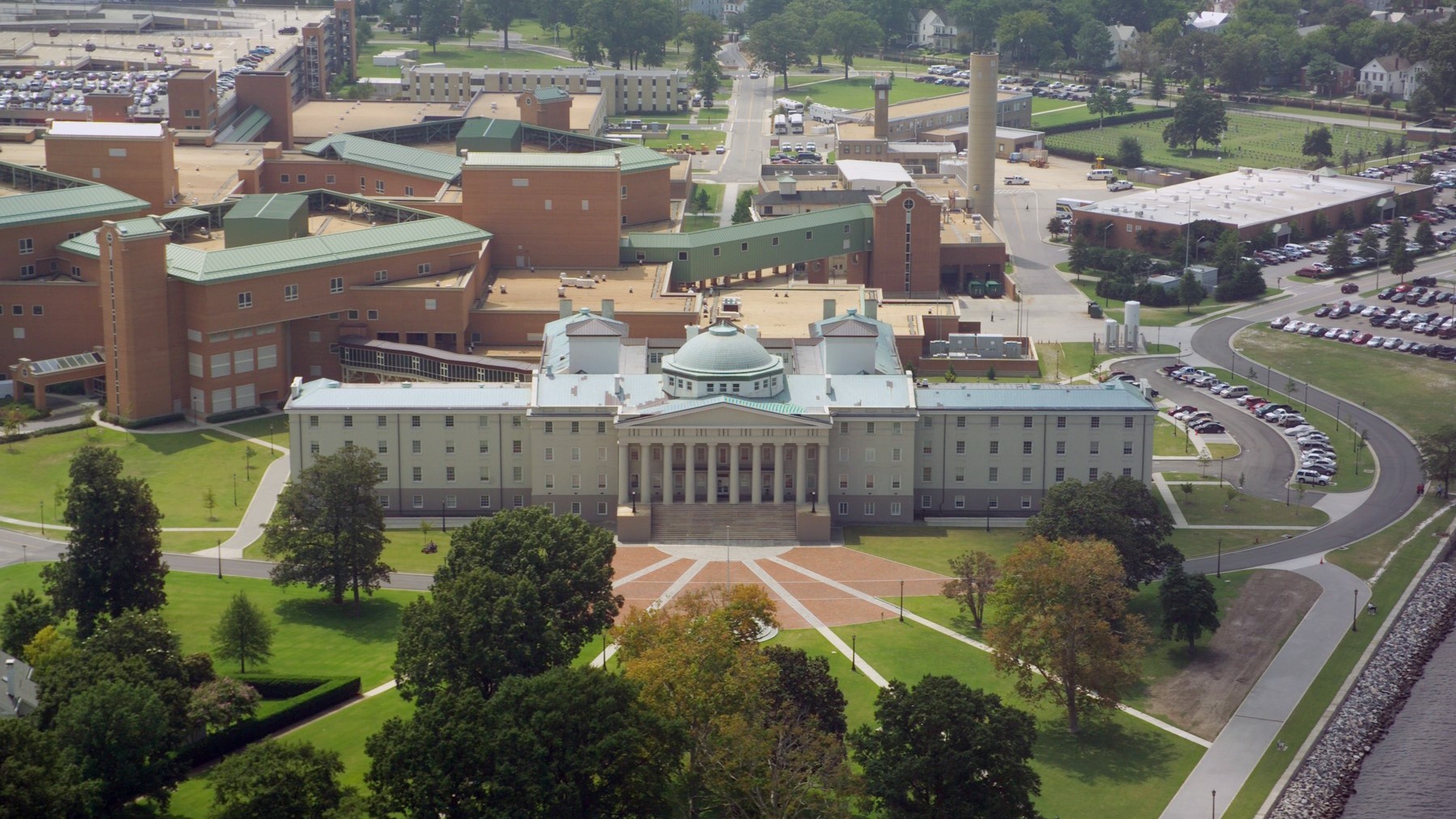Jan. 29, 2025 | By Captain James A. Lovell Federal Health Care Center Communications
North Chicago, Illinois – National Blood Donor Month arrives swiftly each January on the heels of the busy holiday season.
During the holidays, the Captain James A. Lovell Federal Health Care Center welcomed staff, guests and volunteers to donate blood to the Armed Services Blood Program (ASBP). The drive brought in nearly 40 units of blood to support our warfighters, their families, and Veterans worldwide. This blood drive was the facility’s most successful blood drive since the COVID-19 pandemic and highlights the importance of partnerships to the ASBP’s mission.
National Blood Donor Awareness Month was established in 1969 by presidential order to honor the generosity of American blood donors and remind us of the importance of donating blood regularly.
During January, the ASBP asked donors across the Naval Station Great Lakes complex to support warfighters, their families, and veterans worldwide by donating blood to the Navy Medicine Readiness and Training Command (NMRTC) Great Lakes Regional Blood Donor Center, located at Lovell FHCC.
The ASBP is the Department of Defense blood program and sole provider of blood to the joint force. Blood collected by the ASBP is sent overseas to Navy ships, and joint forces forming the first line of defense against potential peer enemies, as well as Military Treatment Facilities worldwide. The generosity of donors to the ASBP has provided more than 1.5 million units of blood to military members, their families, and veterans.
“I’ve used the (ASBP’s) blood in combat, and we have a need for blood for deployed military to meet our combat mission, our overseas missions,” said NMRTC Great Lakes Executive Officer Capt. Shane Lawson. “This program has been an enormous success, and the Great Lakes Blood Donor Center collects 450 units of blood each month.”
The ASBP is focused on providing as much blood to the military as possible, according to, NMRTC Great Lakes Regional Blood Donor Center Department Head Lt. Cmdr. Ken Frati.
“Donating blood is a humanitarian act to others in need, and the need for blood is constant,” Frati said. “Each unit of blood can be separated into four individual components that could help save multiple lives.” Frati added, “Each unit of blood the ASBP collects offsets the cost of buying blood from civilian blood companies, which can cost as much as $1,500 per unit.”
During 2024, 75 units of blood were provided to the Lovell FHCC Transfusion Service that resulted in an additional cost avoidance of $13,650 to partners in the VA health system.
“As a Navy nurse anesthetist, I've served in direct combat in the Middle East and as an end user of the blood collected over here, whether it gets frozen or shipped whole, it gets sent over to medical personnel the Middle East or CENTCOM,” Lawson said, “and I utilize that blood for resuscitation of casualties.”
Lawson has been part of more than 1,200 combat trauma responses, so he’s seen the difference between life or death on the front lines.
The importance of the ASBP blood donation program mission is that it provides a safe and reliable blood supply to the U.S. military for resuscitation and treatment of combat casualties of various blood types, and donors play a crucial role in the blood donations for combat support and patient care. Group O and group AB blood is manufactured into products used in military operations, and group A and group B blood are used for both military operations and patient care in Military Treatment Facilities across the globe.
The mission of the NMRTC Great Lakes Regional Blood Donor center is critical to supplying blood inventory to the Department of Defense’s War Reserve Materiel at strategic locations around the world.
“Our donor center cannot meet this combat support mission without the generosity of staff and Sailors at Lovell FHCC, Recruit Training Command, and Naval Station Great Lakes, Frati stressed. “Donating blood during this awareness campaign is the perfect way to start the new year.”
NOTE: Thank you to ASBP Public Affairs Specialist Darrin McDufford for the story and photos.





